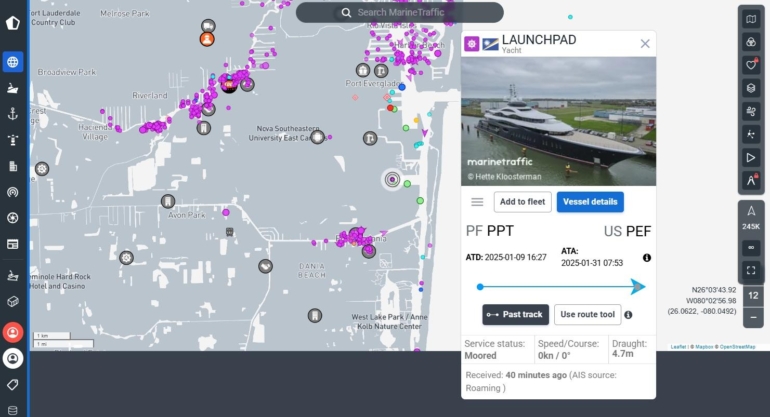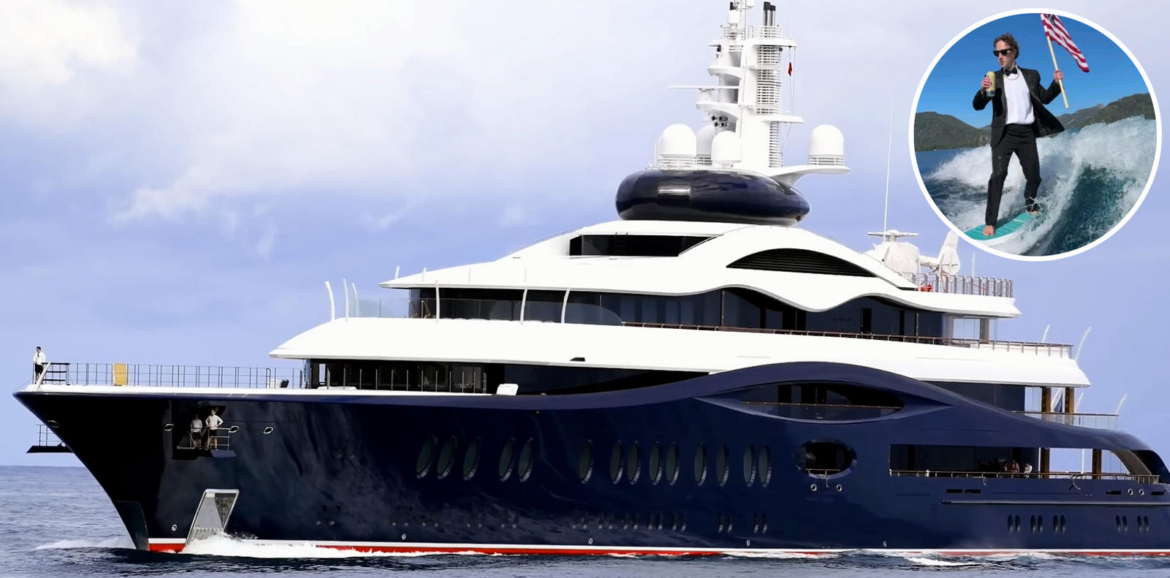When you’re a centibillionaire, you don’t just own homes, private jets, and a fleet of yachts, you have the luxury of using them on a whim. Sometimes, you make grand plans, like Meta’s CEO Mark Zuckerberg did with his superyacht Launchpad and its support vessel Wingman. And sometimes, you change your mind, even if it costs hundreds of thousands of dollars to do so.
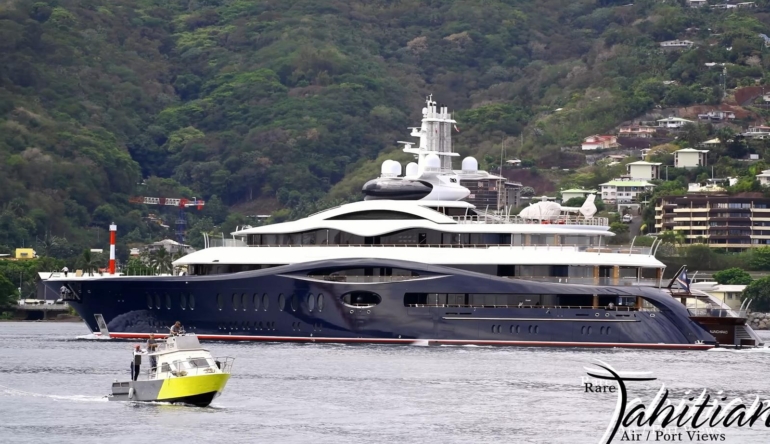
Facebook co-founder Mark Zuckerberg did exactly that, sending his fleet from San Francisco to Tahiti, only to have it return to Port Everglades. That’s a staggering 9,600-nautical-mile round trip for his $300 million luxury vessel. But why? Was he simply airing it out, keeping it running to avoid asset depreciation, or did he suddenly decide he’d rather indulge in water sports near his Hawaiian retreat instead?

Whatever his reasons, the fact remains that the 387-foot Feadship beauty, boasting 5,528 GT, fired up its four MTU 20V 4000 M93L diesel engines, burning through 676,800 liters of fuel for this voyage alone. And that’s just the fuel for the journey. Factor in the constant need for air conditioning, crew operations, and location scouting, and the yacht’s total fuel consumption likely crossed one million liters.
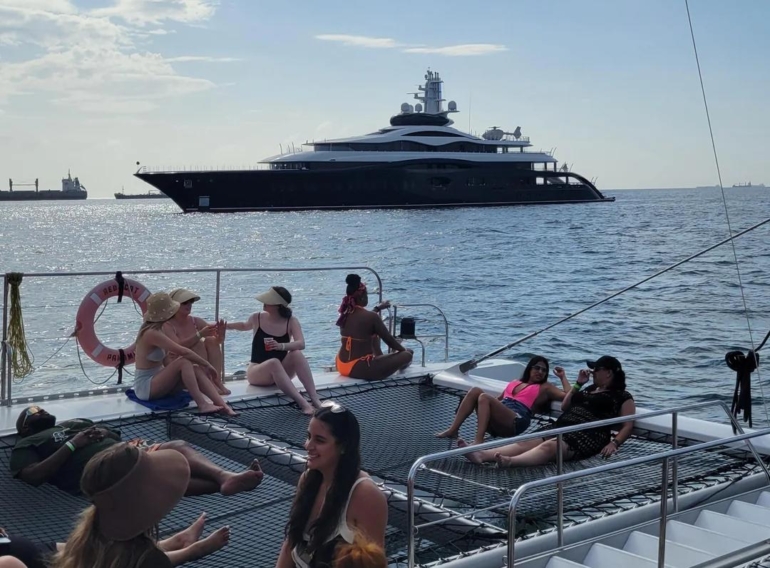
As per publicly available information, burning 676,800 liters of bunker fuel (heavy fuel oil) releases approximately 2,107.56 metric tons (2,107,555 kg) of CO₂ into the atmosphere. To offset this, it would take about 35,000 mature trees absorbing CO₂ for an entire year. That’s a colossal carbon footprint, especially when the trip was entirely unnecessary.
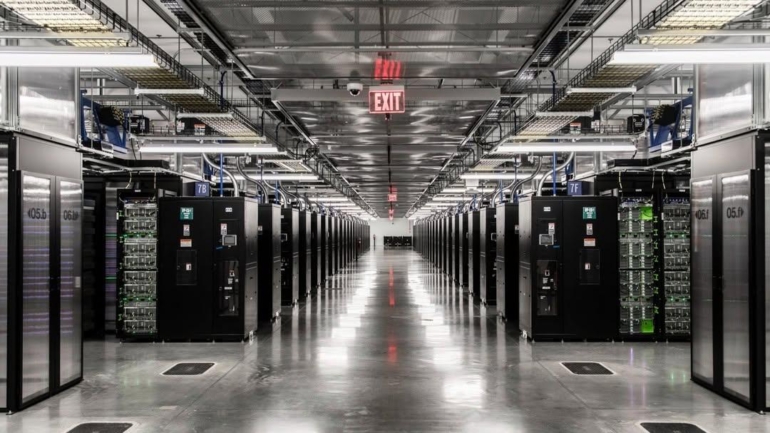
Adding to the irony, Meta is one of the largest corporate buyers of renewable energy, with over 11,700 MW of contracted clean energy. In 2023 alone, the company reduced its operational emissions by 5.1 million tons of CO₂e and has maintained net zero emissions across global operations since 2020. By 2030, Meta pledges to be water positive and achieve net-zero emissions across its entire value chain.
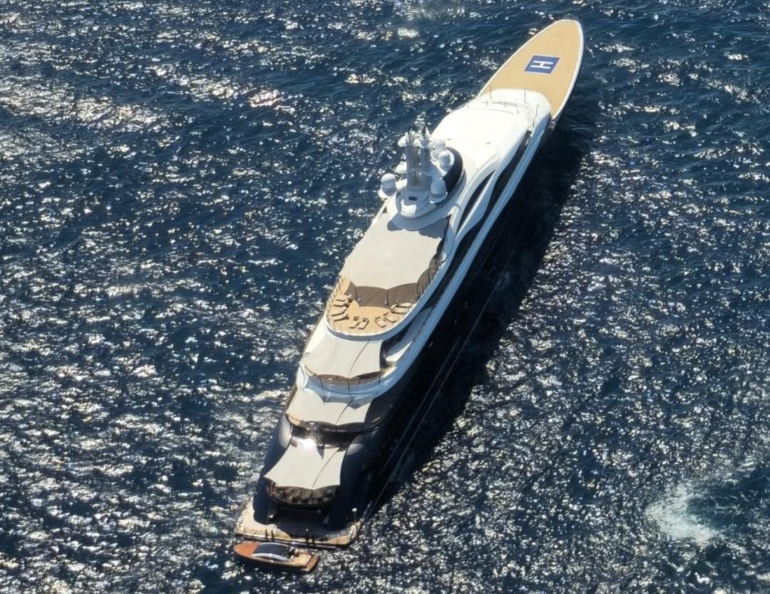
But where does Launchpad fit into this grand sustainability vision? The superyacht, stunning as it is, contradicts everything Meta claims to stand for. With its curved glass windows offering panoramic views, a private outdoor owner’s deck with a Jacuzzi, two certified helipads, a swimming pool with a movable floor, and a luxurious beach club, the vessel is nothing short of opulent. While its interiors remain private, one can only imagine they match the refined tastes of the world’s third-richest man, worth $237 billion.
